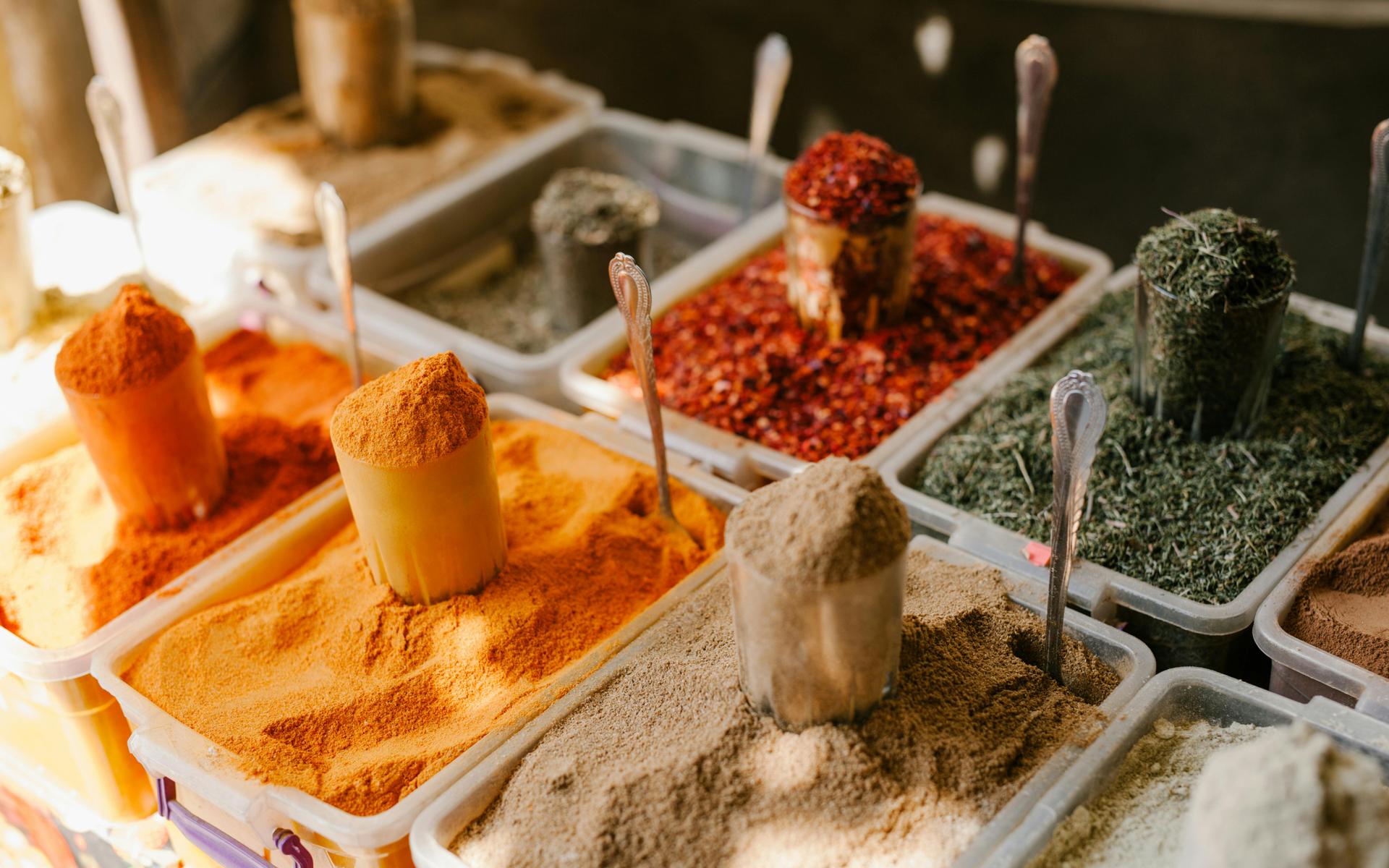Why Asian Food Is So Spicy: A Fiery Blend of Culture, Climate, and Flavour
Asian cuisine is renowned for its complexity, diversity, and bold use of spices. From the tear-inducing heat of a Thai curry to the numbing buzz of Sichuan peppercorns, the region has earned a reputation for dishes that don’t shy away from spice. But what’s behind the heat? Why are so many Asian dishes so spicy? The answer lies in a fascinating combination of geography, history, culture, and a deep-rooted love for intense flavour.

One of the most practical reasons behind the spiciness of many Asian dishes is climate. Many Asian countries—particularly those in Southeast Asia, South Asia, and southern China—are hot and humid for much of the year. In these climates, the risk of food spoilage increases rapidly, especially before the invention of refrigeration. Spices, especially chili, have natural antimicrobial properties that help preserve food. They also help mask the flavor of ingredients that might be past their prime, making meals safer and more palatable. So the use of spices wasn’t just a flavor choice—it was a survival tactic.
But beyond preservation, there’s another interesting physiological twist: spicy food actually helps people stay cool. When you eat chili peppers, they trigger receptors in your body that make you sweat. That sweating helps cool the body through evaporation, providing relief in hot weather. It sounds counterintuitive, but in practice, a plate of spicy food can offer more comfort in a tropical climate than something heavy or bland.
Cultural tradition also plays a powerful role. Spices, including chilies, have long been integral to the culinary identities of many Asian regions. Interestingly, chili peppers themselves are not native to Asia. They were introduced to the continent in the 16th century by Portuguese traders coming from the Americas. But their adoption was remarkably fast and widespread. Within a few generations, they became foundational to many local cuisines, deeply embedded in food preparation and family traditions. Today, it's difficult to imagine Thai or Indian cuisine without their signature chili-based heat.
The spiciness of Asian food is also tied to the philosophy of flavor in these cuisines. In much of Western cuisine, spice is often seen as an optional add-on—something to be used sparingly or offered on the side. In contrast, many Asian cuisines view spice as essential to creating balance and harmony. Dishes are often designed to include a full spectrum of flavors: sweet, sour, salty, bitter, umami, and spicy. The heat isn’t there to overwhelm but to elevate the complexity of the dish. The goal is a sensory experience that’s dynamic, layered, and satisfying on every level.
Different Asian countries express this fiery philosophy in their own unique ways. Thailand’s bird’s eye chilies bring sharp, clean heat to dishes like green curry and papaya salad, often in contrast with sweet and tangy elements. India’s vast regional cuisines incorporate spice in deeply aromatic layers, using not just chili but also black pepper, mustard seeds, and ginger for slow-building intensity. In Sichuan cuisine, heat takes on a new dimension with the use of Sichuan peppercorns, which create a numbing sensation alongside chili’s burn, resulting in the iconic "málà" flavor—both spicy and tingly. Each approach is distinct, but all share a devotion to using spice not as a gimmick but as a central pillar of taste.
Spicy food also carries health benefits, which may help explain its sustained popularity. Chili peppers contain capsaicin, a compound known for its anti-inflammatory and pain-relieving effects. Traditional medicine systems across Asia, such as Ayurveda and Traditional Chinese Medicine, have long incorporated spices for their digestive and therapeutic properties.
Ultimately, the reason Asian food is so spicy is a rich blend of function and flavor, science and tradition. It’s not just about making your eyes water or your mouth burn—it’s about enhancing food, expressing culture, and living well in a hot climate. For many across Asia, spice isn’t just a seasoning. It’s a way of life.
Share this article on social media